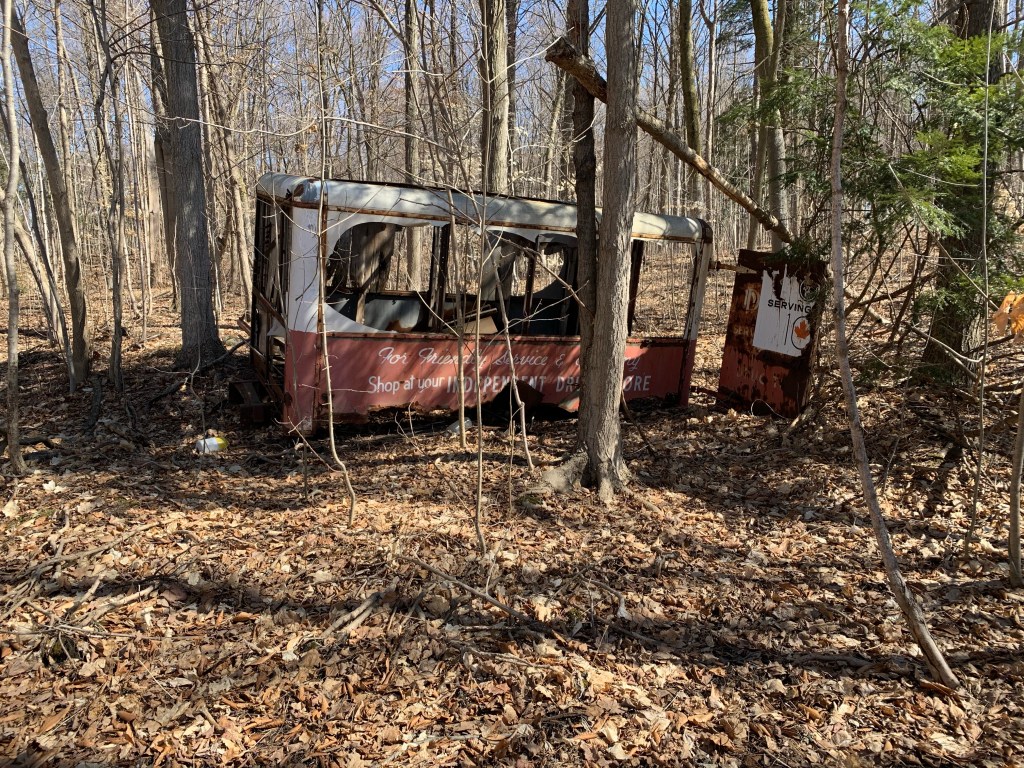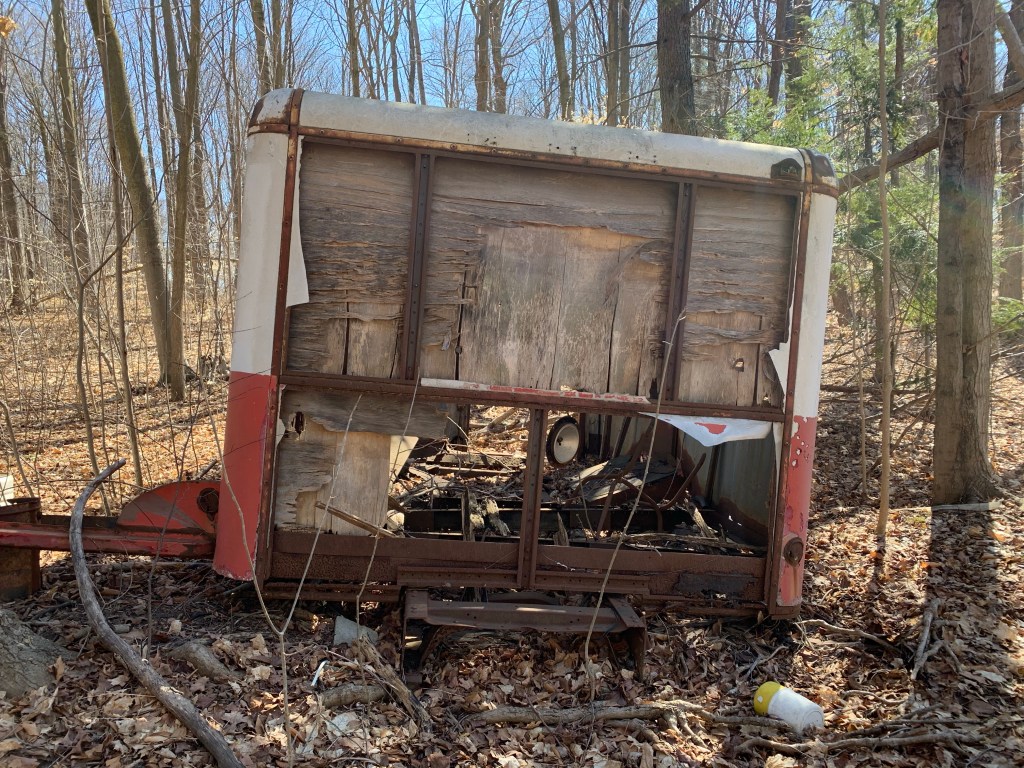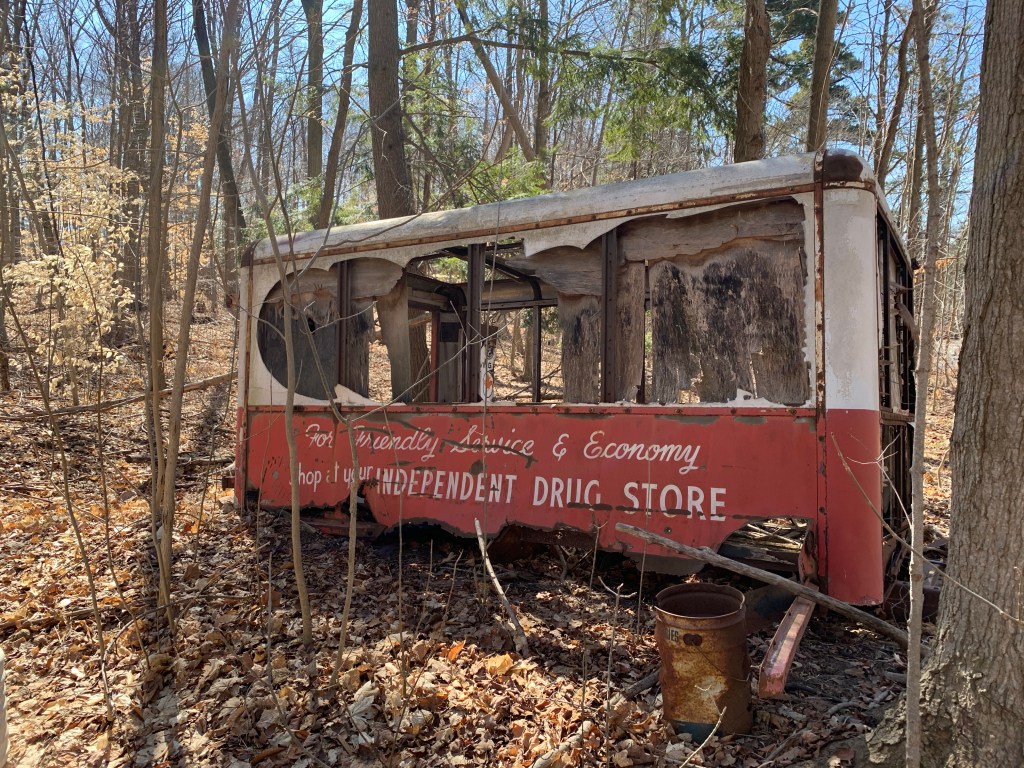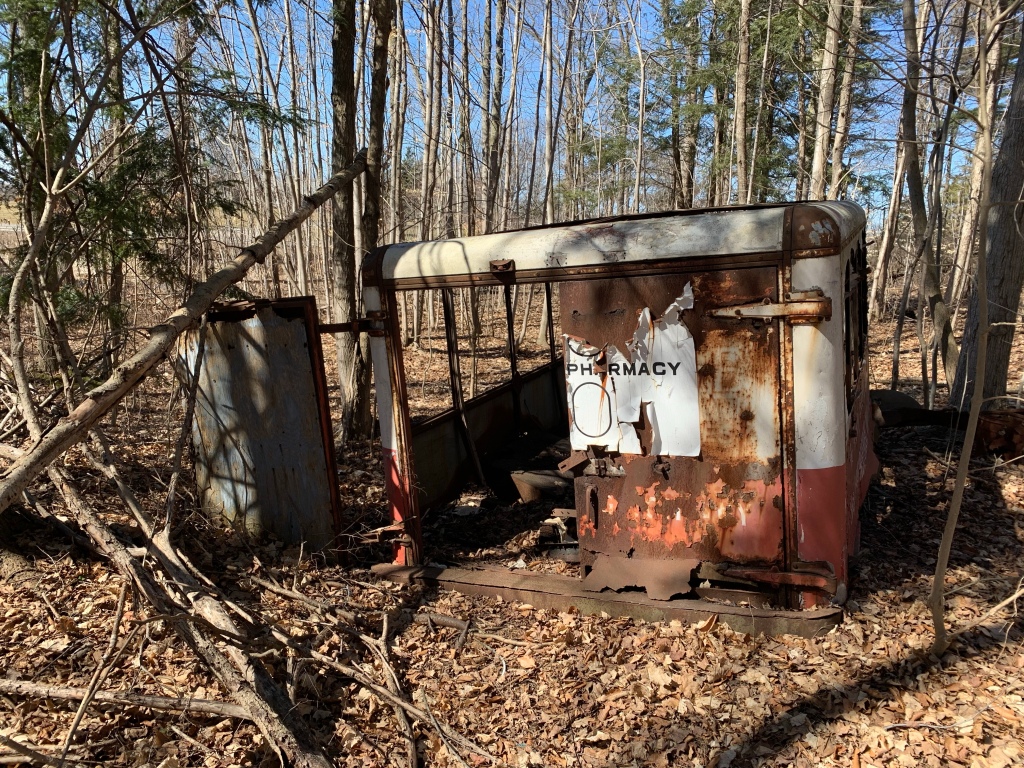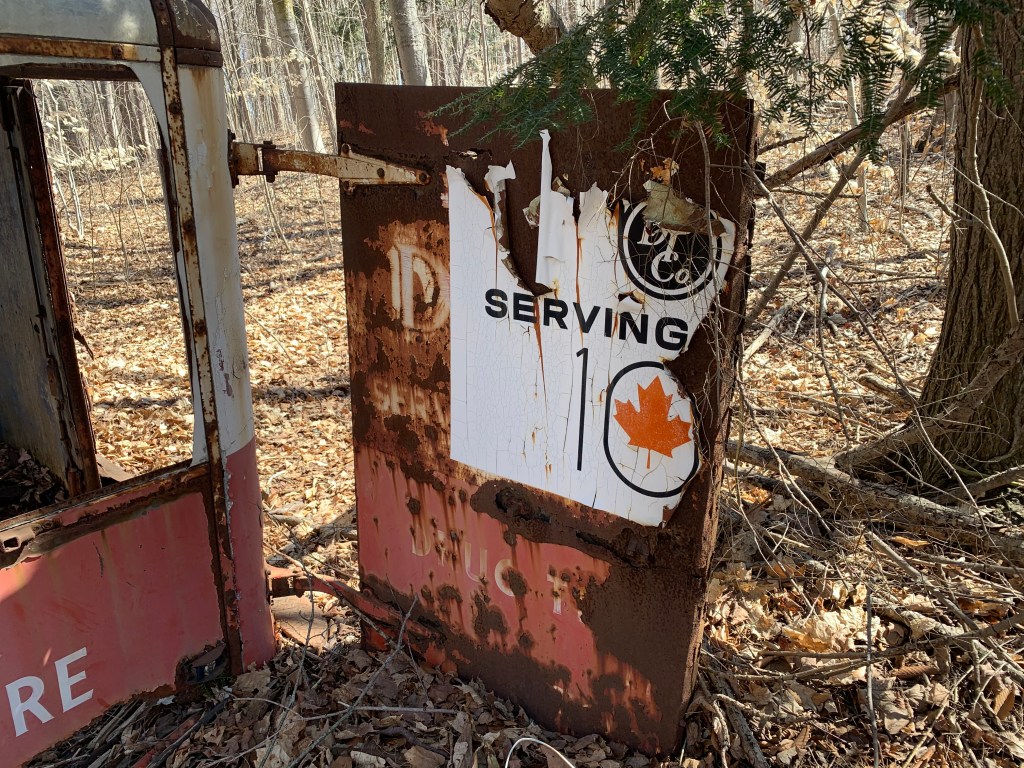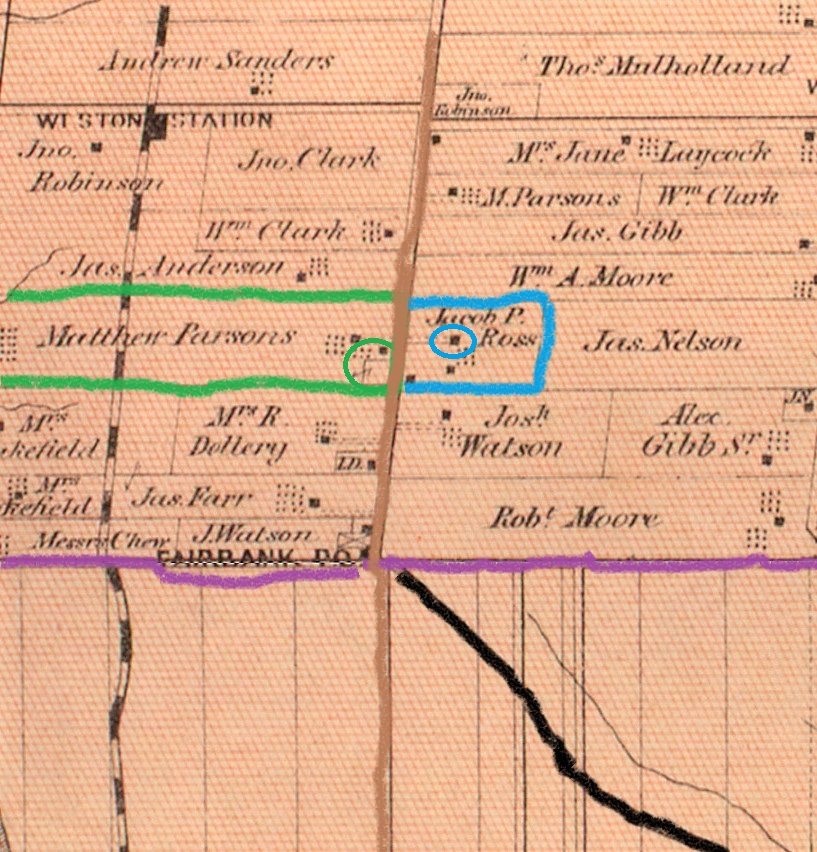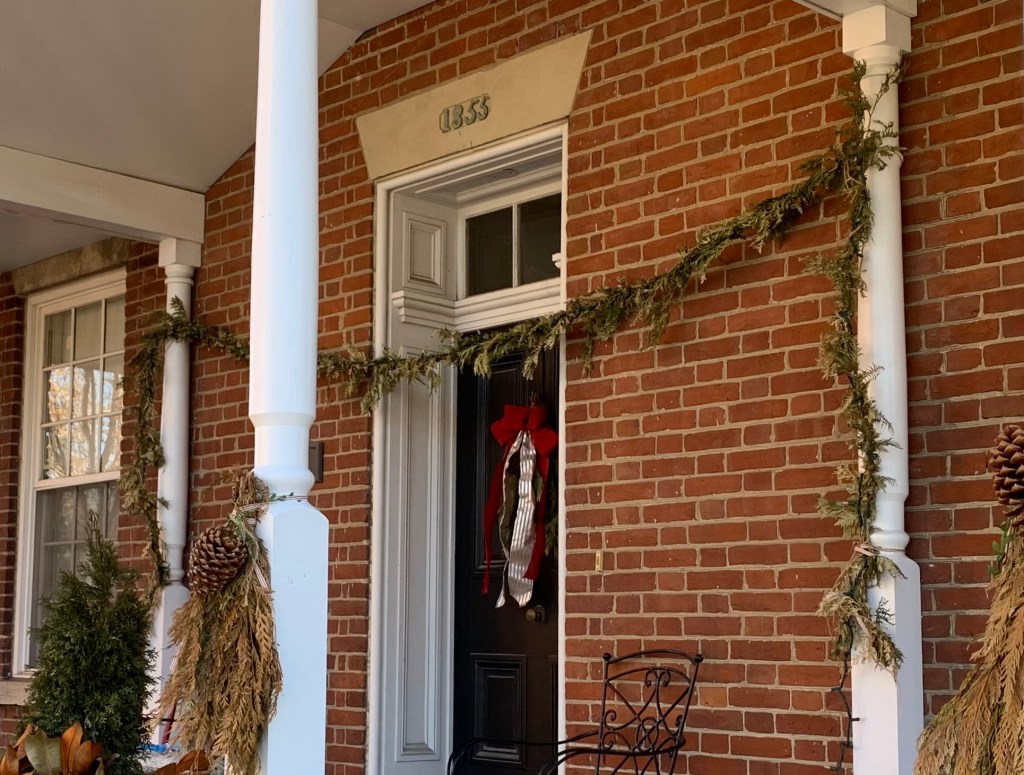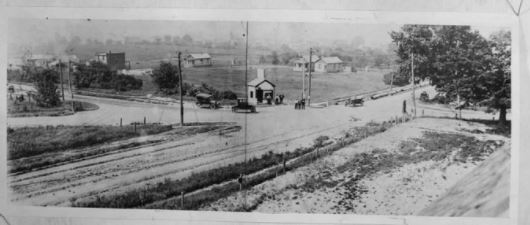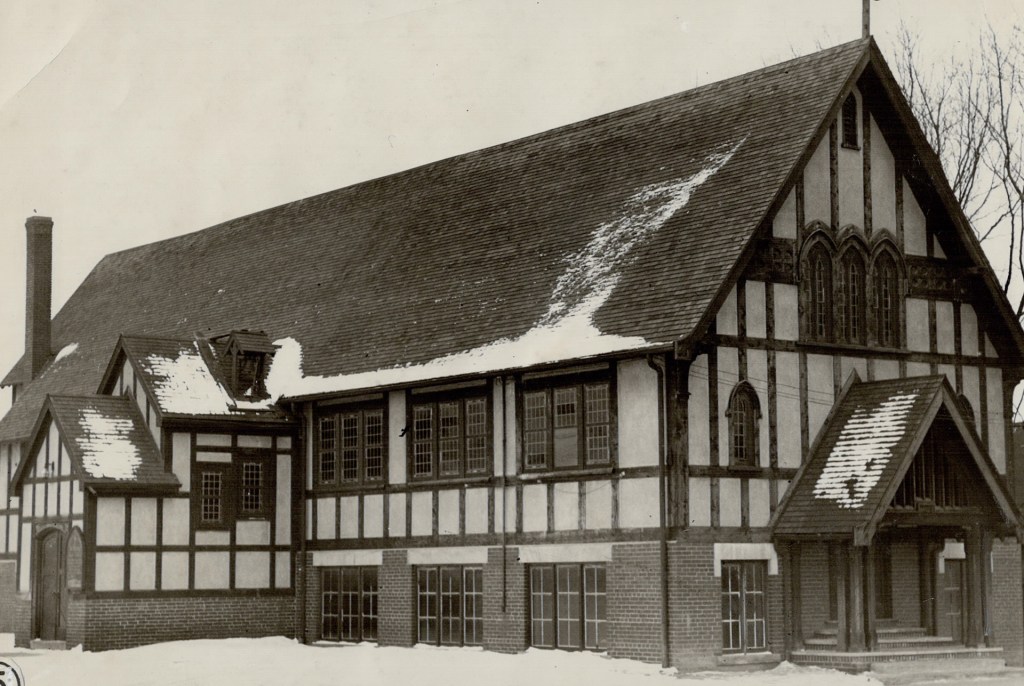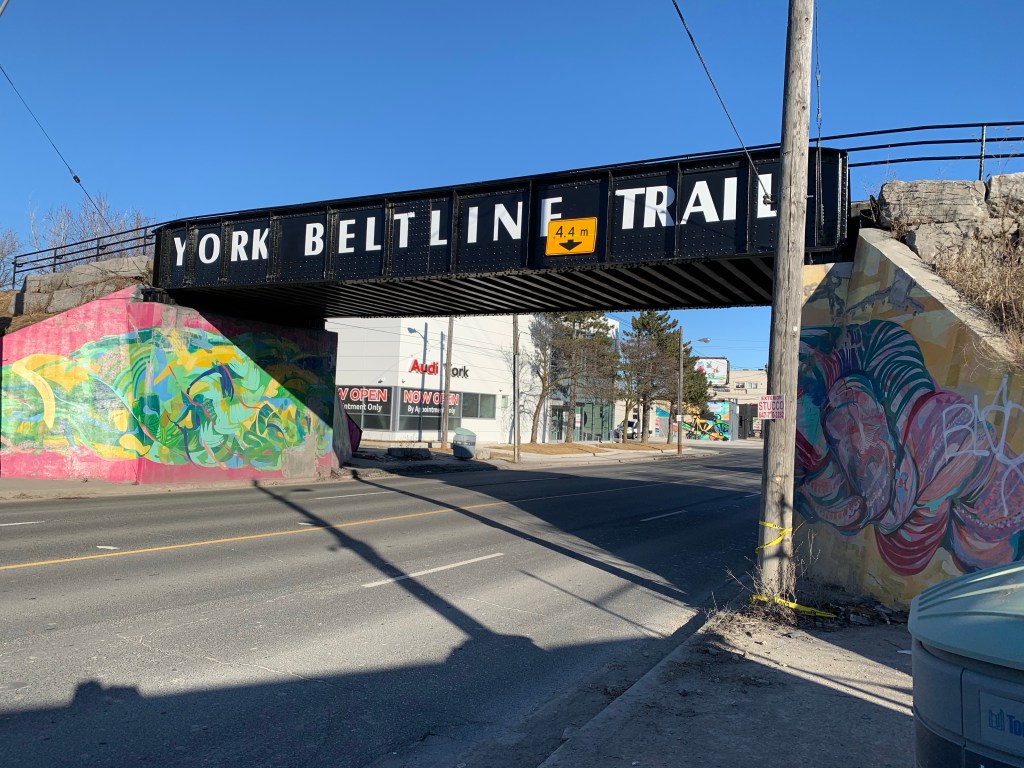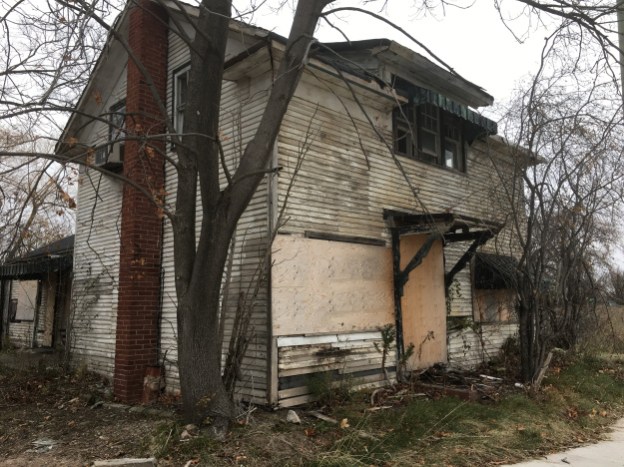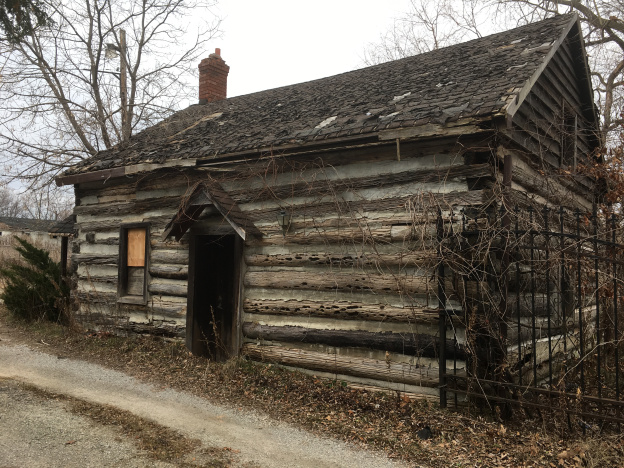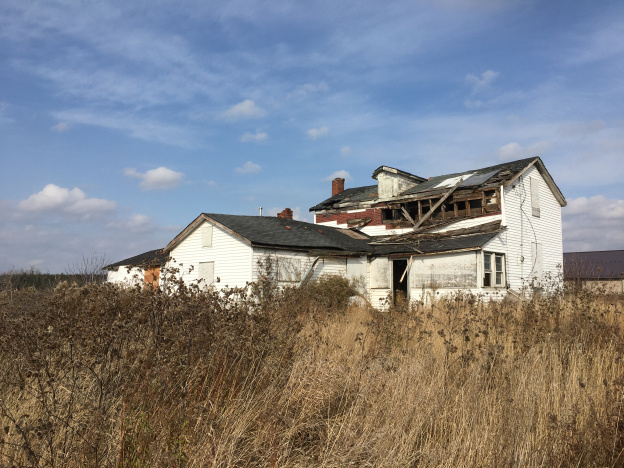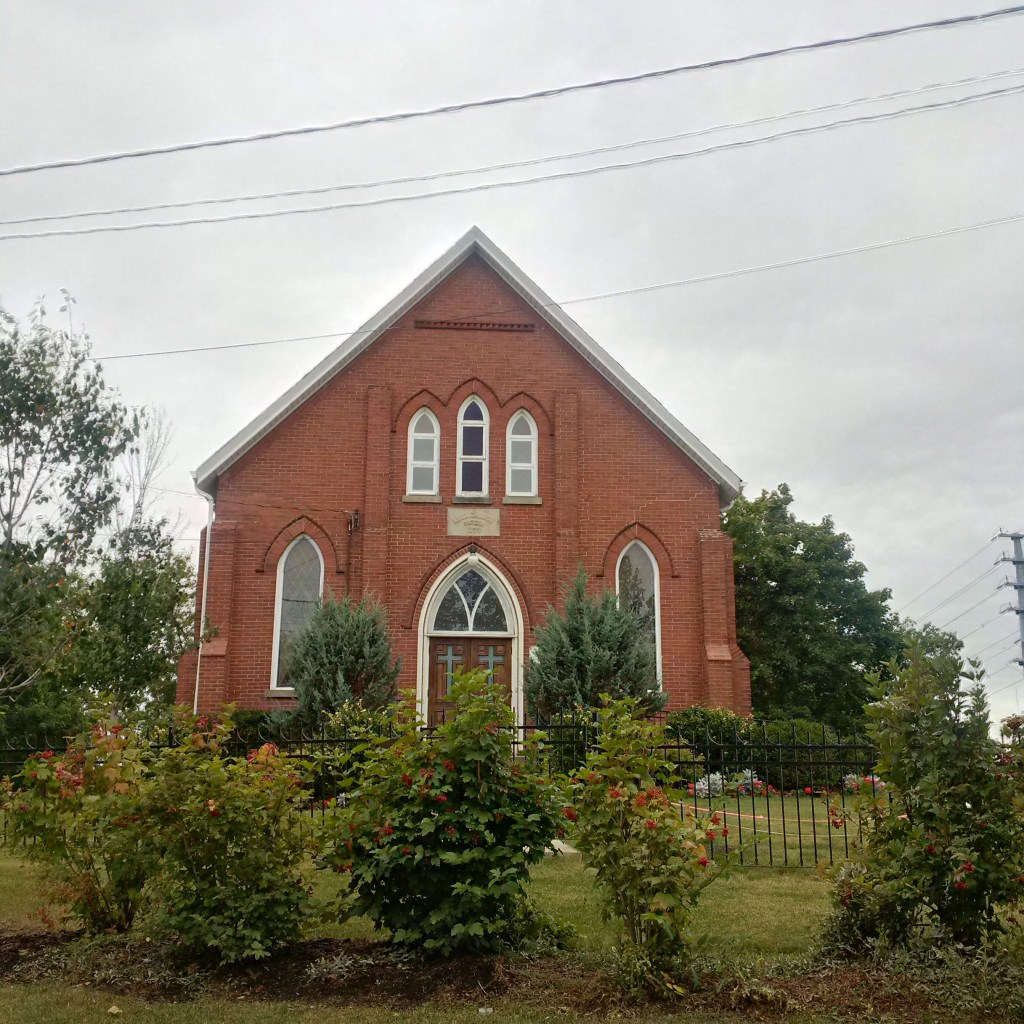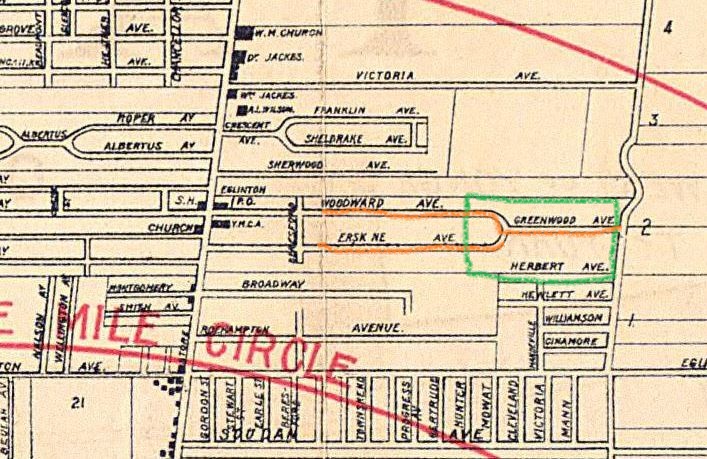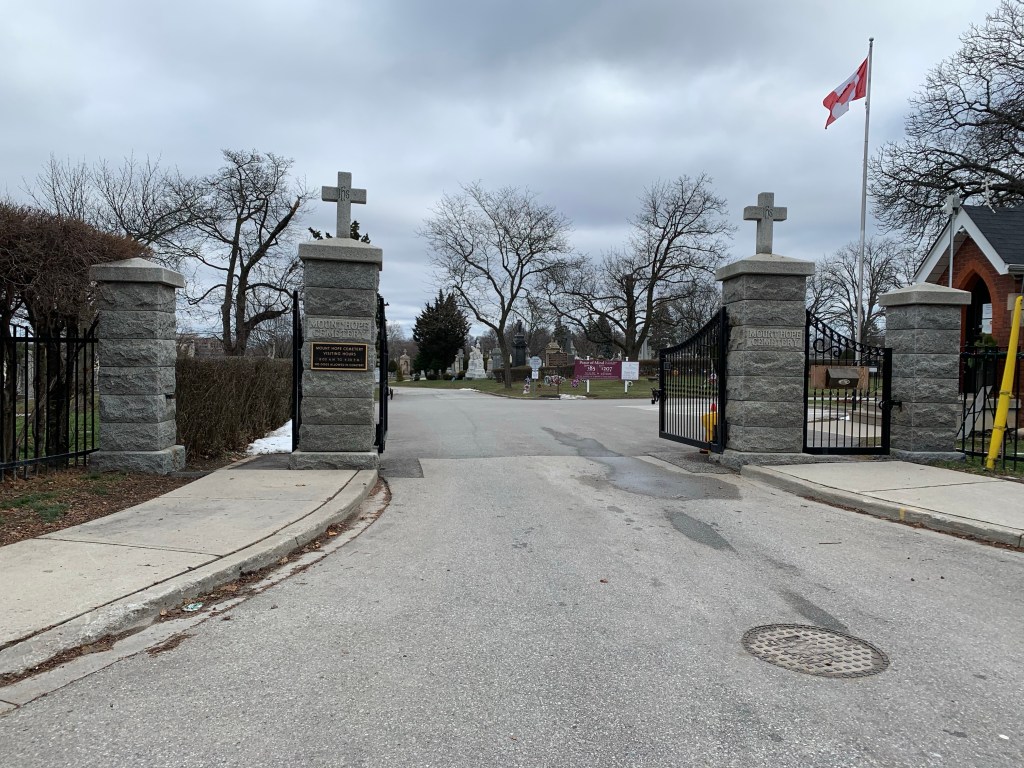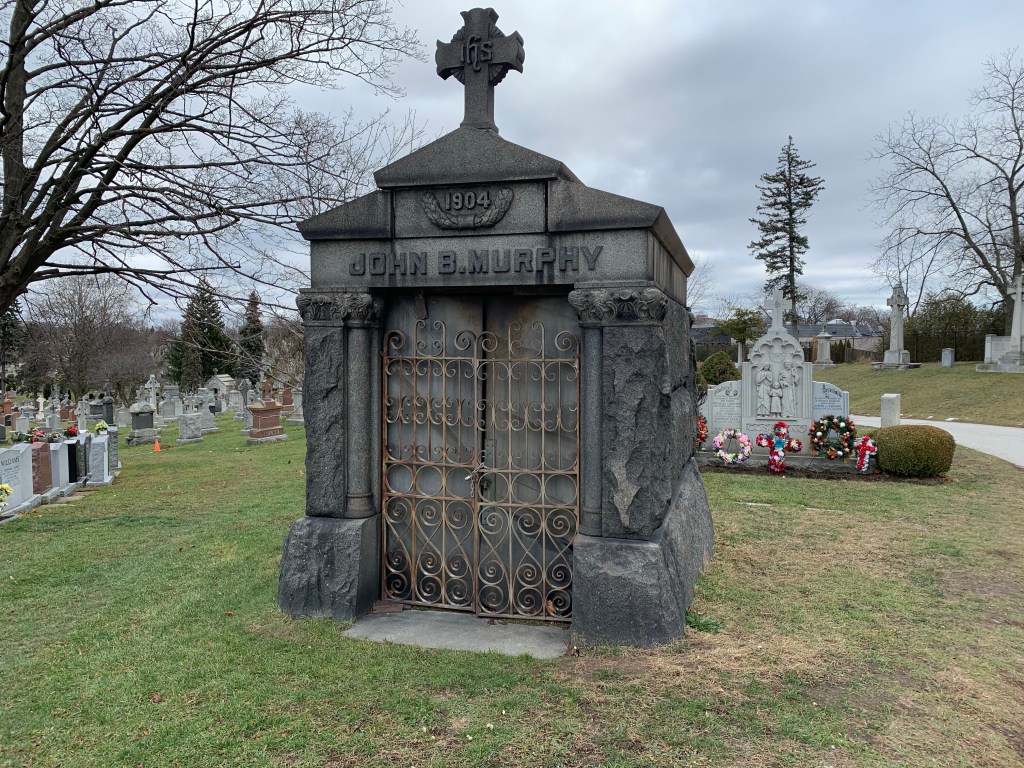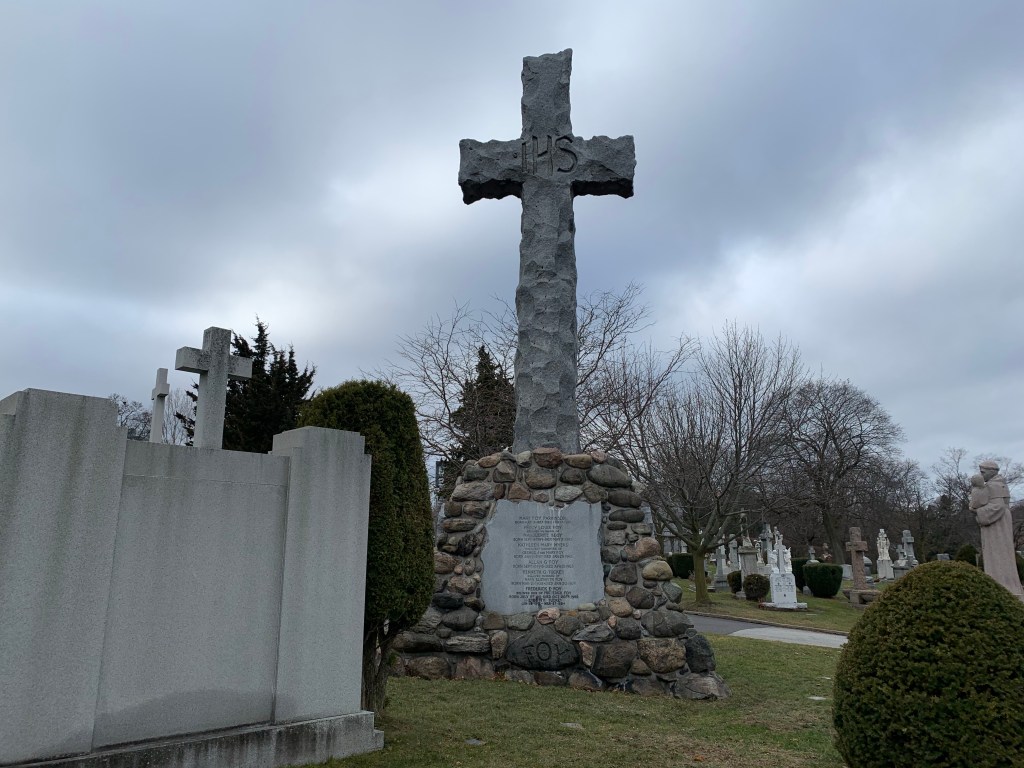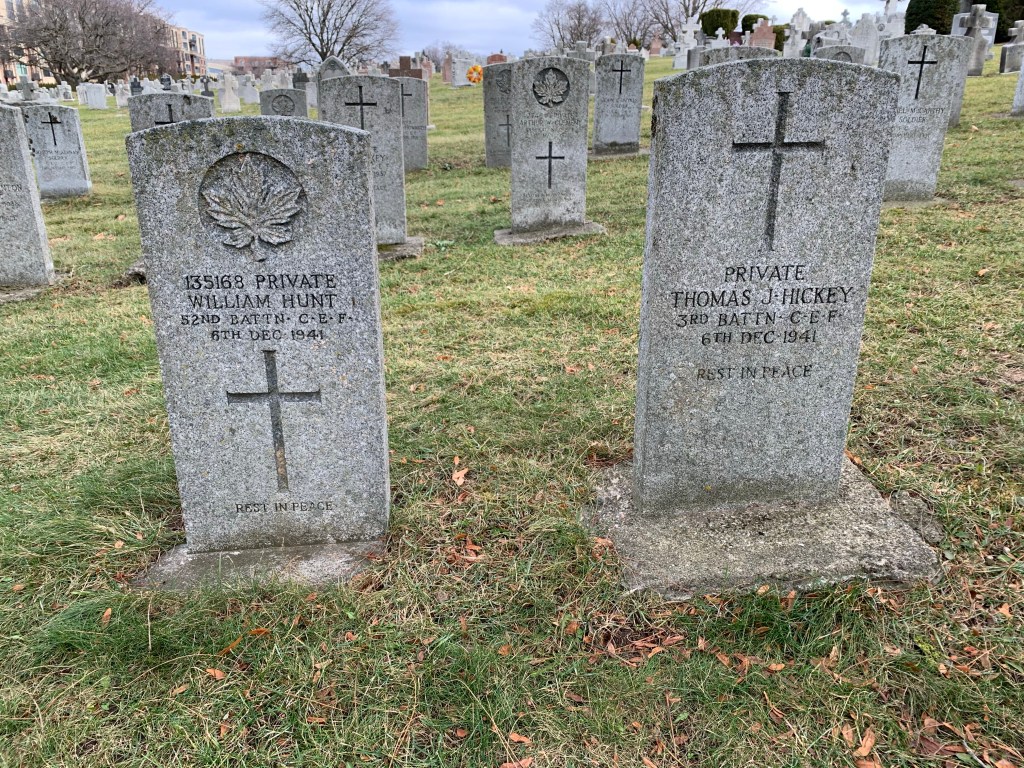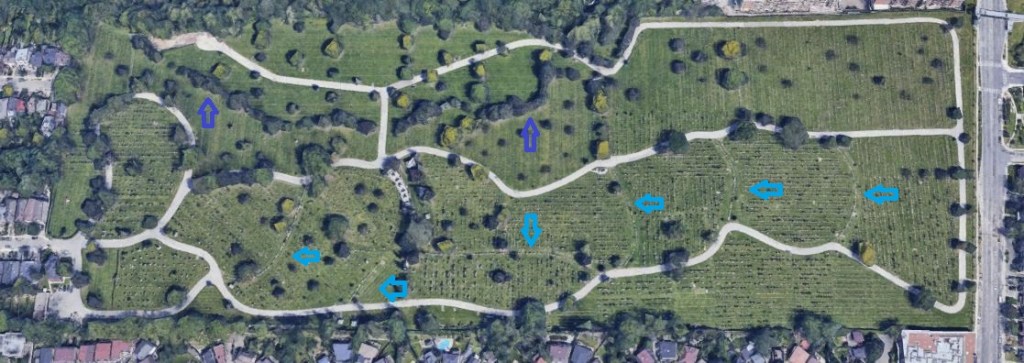Sunday, March 28, 2021
Peel County has changed over the years since it was created, even taking on the name Regional Municipality of Peel. Some communities were founded that flourished and others that have failed. As time goes on and developers do their work some of these former communities are being eliminated, all except for a ghost of the original community. This blog collects 9 of the ones that we have visited and arranges them in alphabetical order. Each has a picture that represents the community as well as a brief description. The link for each will take you to a feature article on the community which has the local history as well as pictures of any surviving architectural features. At the end of each feature article is a google maps link in case you should wish to explore for yourself someday. Future companion blogs in this series will cover the ghost towns of Halton Region, York Region, and the City of Toronto.
Barbertown is the site of an old mill that is still operating. It has been clad over, hiding its original stone construction. The mill is no longer powered by water and the old sluice gate has been filled in. A tree is growing where the water once ran and it has taken a solid hold on the old crank assembly.
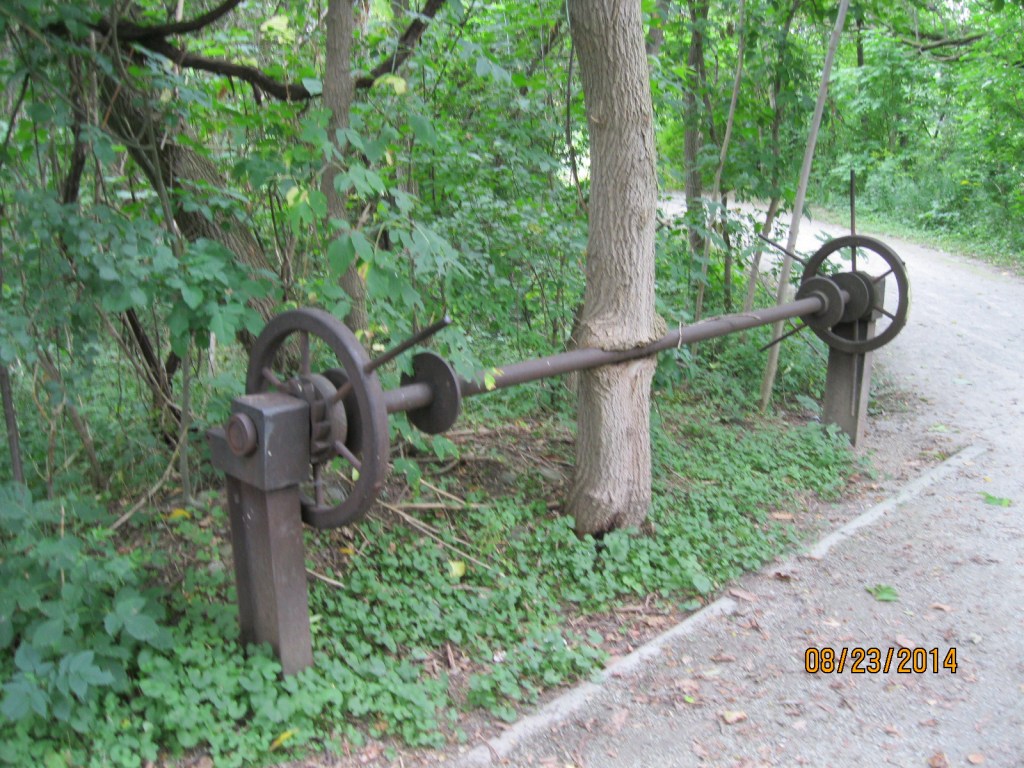
It is common to find an old church standing beside a graveyard. Boston Mills has its old school in its graveyard. That is quite unusual. The railway through town has been closed and turned into a hiking trail and the group of small cottages that once stood on the end of the golf course are falling in on themselves.

Britannia still has several original buildings although like the Gardner home below some no longer stand in their original locations. This 1840’s house has been moved about a kilometer south on Hurontario Street.

Burnhamthorpe reached a maximum of about 100 people in the 1870’s and then began to decline. Several houses and an old church remain and the one shown below was built in 1882. Between 1897 and 1912 it served as a store and the community post office.
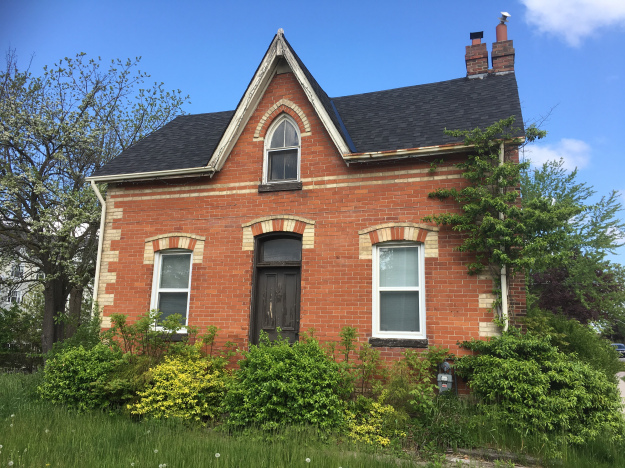
Dixie was a small community where each church denomination was too small to afford their own building. The solution was to get together and build a chapel that they all could share. Later they would each grow large enough to erect their own church building and move out of the Union Chapel.
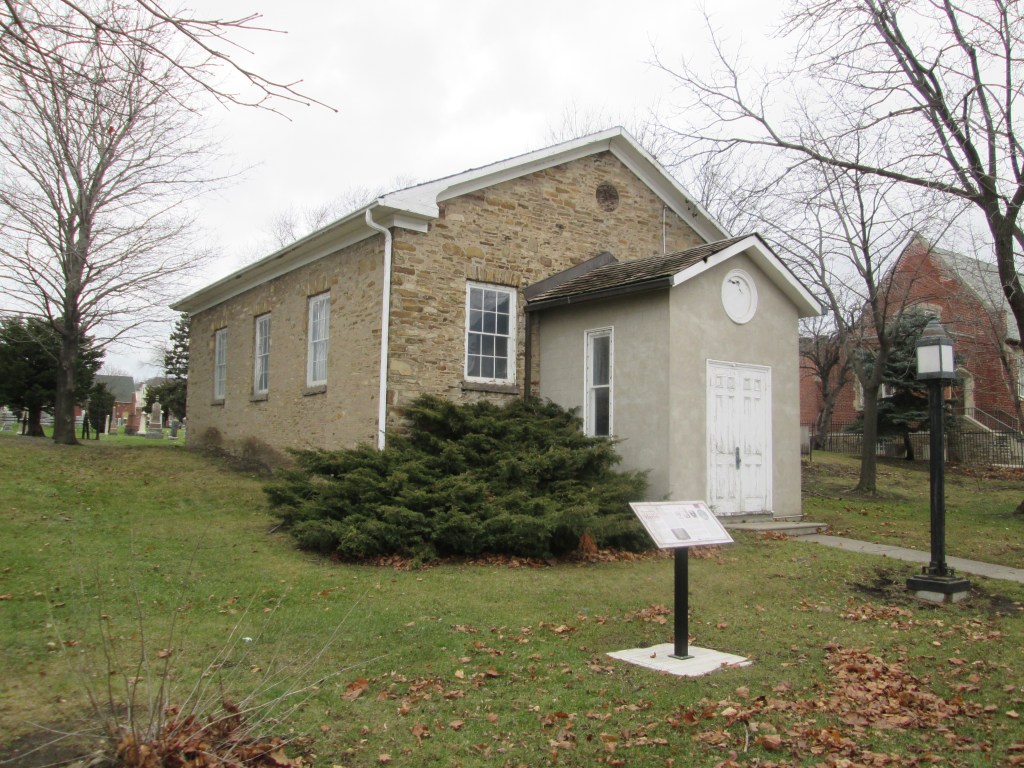
Humber Grove was built in the scenic hollow around Duffy’s Lane and the Humber River. When Hurricane Hazel flooded the rivers in the GTA the government developed a flood control plan that would have built a dam north of the community. Since the valley would have been flooded the existing houses were bought up and removed. The dam was never built and now Humber Grove is now a community of streets and bridge abutments with no residents.
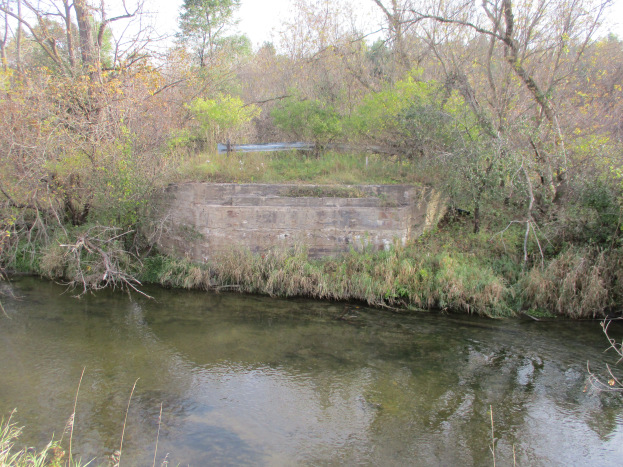
Malton isn’t a true ghost town because there’s still a thriving town, just not the original town where 500 people lived. After the community declined it was overrun by the airport and its associated sprawl. It still has some vintage homes and interestingly enough the empty ones have the windows boarded up and then painted to look like windows.
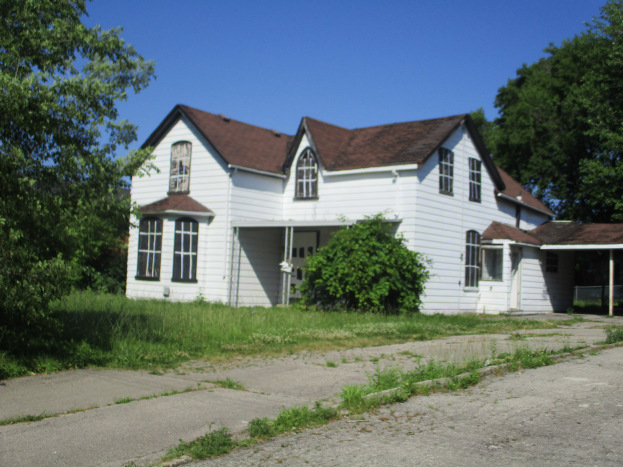
Mt. Charles is another community that was over-run by the airport and it’s supporting industries. Until recently there were several other buildings, including the blacksmith shop but these have been demolished. John Dale’s house, below, and a few others still survive, as does the cemetery.
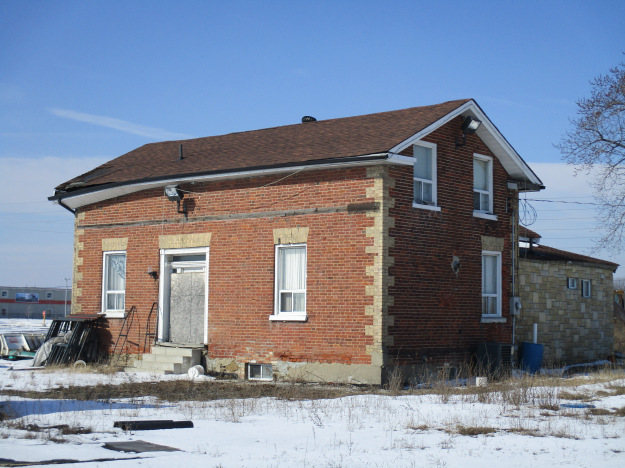
Palestine was founded in 1823 but never grew beyond a church, school and a few houses. At one time the Etobicoke Creek ravine held a wastewater treatment plant that has also been removed.
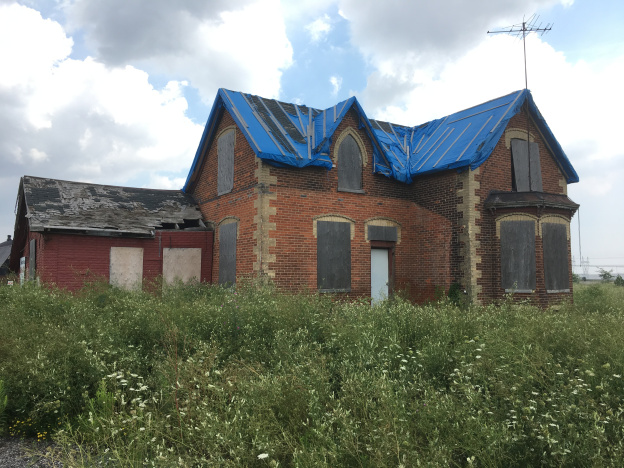
There are still several ghost towns in Peel that we haven’t photographed yet and we’re looking forward to exploring them one day.
Like us at http://www.facebook.com/hikingthegta
Follow us at http://www.hikingthegta.com
Also look for us on Instagram

